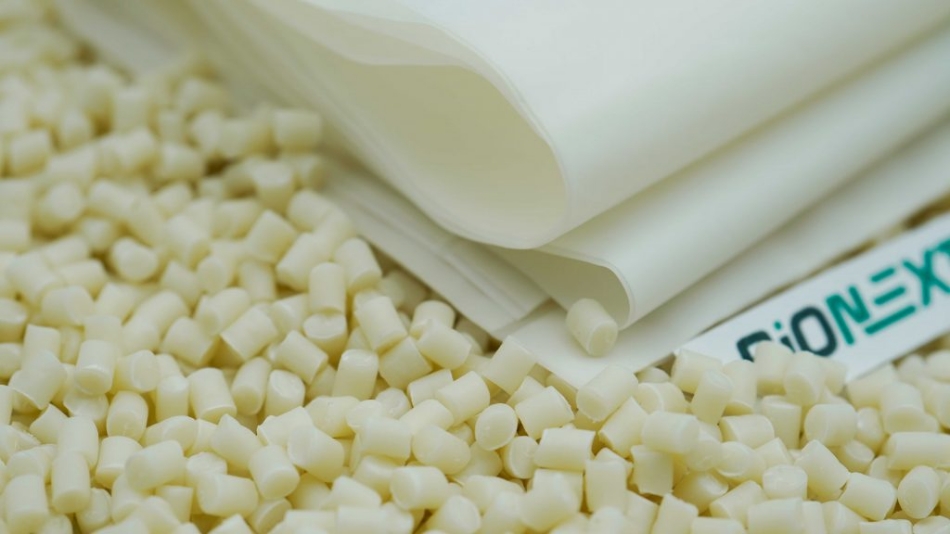 BiONext 500
BiONext 500
1. Traditional materials for packaging
Nevertheless, food packaging has raised the problem of waste management as it directly affects human health and nature. These days, the biggest pieces of materials utilized in packaging enterprises are delivered from petroleum products and are non-degradable.
Therefore, packaging materials for food that is made for bio-based materials will solve a part of this problem. Using bio-based products is a way humans protect the environment.
Researchers have put a lot of effort and time into producing a material that keeps food packaging quality while decreasing packaging waste. Consumable and biodegradable films that are from sustainable resources is what everyone desires.
However, as customary packaging, bio-based packaging materials must satisfy various significant measures. The utilization of bio-based materials, due now and again to their biodegradable nature, could at any rate somewhat tackle the waste issue. In any case, poor mechanical and water fume boundary properties when contrasted with plastics delivered from petrochemicals limit their modern use.
2. Bio-based packaging
Luckily, there is a portion of the methods created to improve the circumstance, for example, compound change of biopolymers, the expansion of plasticizer to beat fragility, consolidation of other biodegradable polymers with improved properties into biopolymers to deliver material with middle properties, and expansion of compatibilizers to expand miscibility of contrary polymers to diminish interfacial vitality and balance out polymer mixes.
Lately, incredible consideration has developed around the polymer nanocomposites, which are demonstrated to be a promising alternative so as to improve the hindrance and mechanical properties of polymers. They are in this manner of high enthusiasm for bio-based polymers.
The polymer nanocomposites consist of a polymer network fortified with fillers having in any event one measurement in the nanometer go and have exceptionally abnormal properties, totally different from their microscale partners.
They frequently show improved mechanical and oxidation dependability, diminished dissolvable take-up, self-quenching conduct, and, in the long run, tunable biodegradability because of high perspective proportion and high surface zone of nanofillers.
The most widely recognized class of material utilized as nanofillers are layered inorganic solids, for example, mud minerals, graphite, and metal phosphates. Earth minerals, for example, montmorillonite (MMT), hectorite, saponite, and laponite have been end up being exceptionally successful because of their one-of-a-kind structure and properties.
Because of the characteristic source of earth, bio-based polymers can be fortified with these mud minerals so as to upgrade their mechanical and hindrance properties while keeping up their biodegradability.
Similarly, cellulose nanofibers or whiskers are of high enthusiasm for bio-based polymers allowing the chance to utilize sustainable assets. The biopolymer-based nanocomposites with improved properties might supplant ordinary packaging materials, for example, plastics obtained from oil (or petrochemicals).